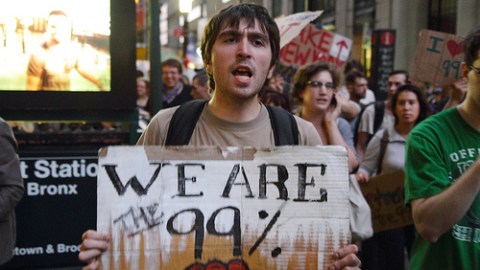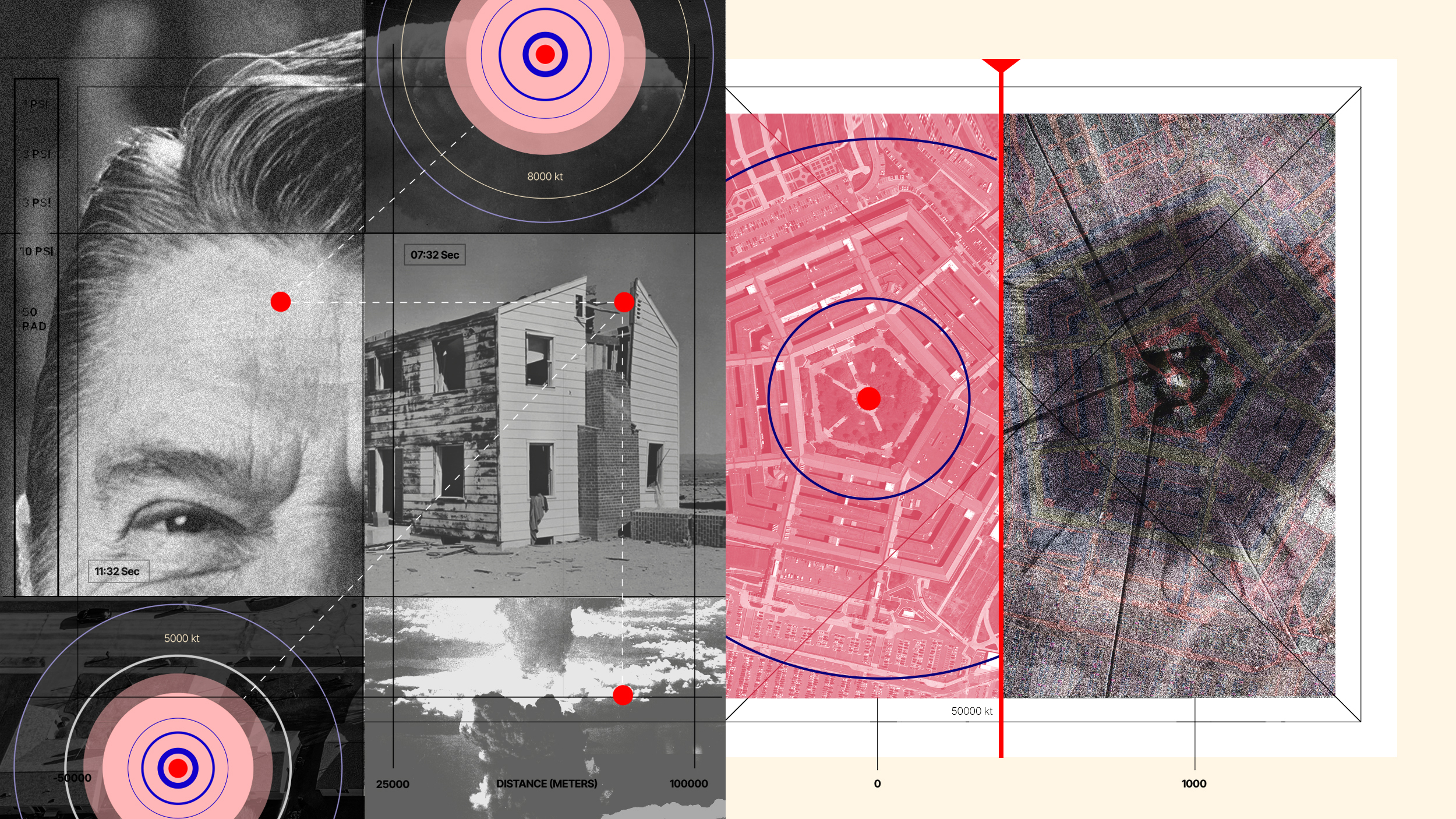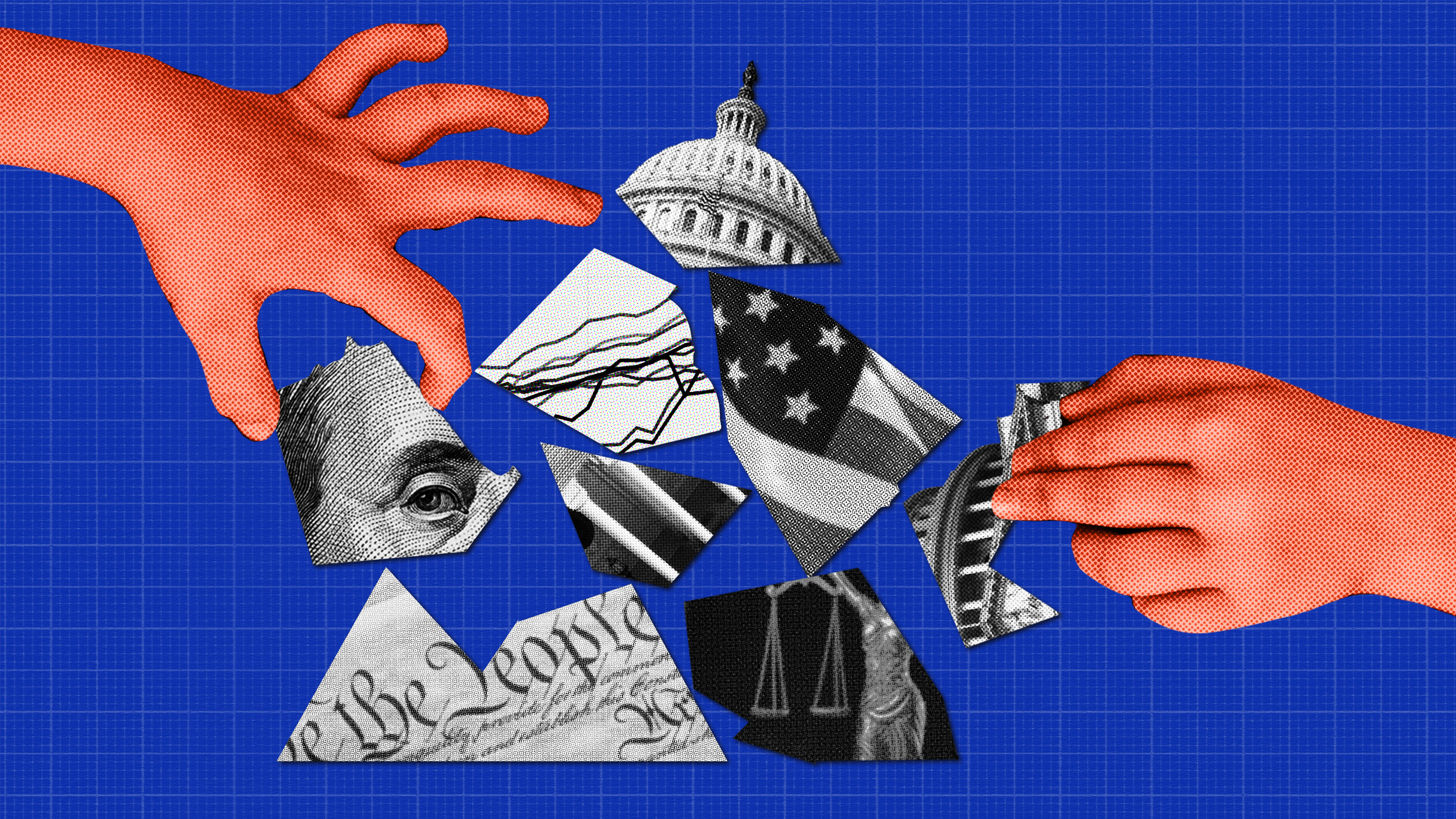Understanding the Public Sphere in a Network Society

–Guest post by Faizullah Jan, American University doctoral student.
“We are the 99%,” proclaim the protesters participating in the Occupy Wall Street marches and sit-ins. Without a specific policy goal or agenda, the movement’s continued growth and visibility is an example of grassroots action focused almost exclusively on public expression, the communication of opinions and preferences that focus on Wall Street but that have global implications and linkages.
The ideal that public expression should influence government and societal decisions can be traced to the ancient Greek agora, aplace where male citizens would gather, exchange and discuss opinions, just like in a marketplace where people trade merchandize. It was in the agora that public opinion would form and be expressed, influencing the decisions of city state leaders. The deliberation that took place in the Agora enabled the exclusively male citizens to become direct participants in governance.
In its contemporary form the agora has shifted from a physical space to a communication network; from local deliberation to global conversation. Now it is called the public sphere, orprecisely,the “global public sphere” with the mass media as its chief institution.
German sociologist Jürgen Habermas was the first to articulate the concept of the public sphere, defined as the process by which citizens, civil society and the state communicate with each other, “especially on issues of political concern” (Dahlgren 2002). Public opinion emerges in this public sphere, which lies between the state and society, to influence and shape policies of the state. It is an arena which is synonymous to the notion of the marketplace of ideas, and where the strength of the argument, not the status of the speaker is what counts..
According to Habermans, the Public sphere is an abiding part of a democratic polity, which provides oxygen to the system for its functioning and growth. The structure and mode of operation of the public sphere defines the structure of a polity. “How the public sphere is constituted and how it operates largely defines the structure and dynamics of any given polity,” writes theorist Manuel Castells (2008)..
Without a functioning public sphere the state’s interaction with the public is reduced to the relatively brief periods surrounding elections. Though election participation is a a hallmark of representative democracy, without a functioning public sphere, the government, corporations, and interest groups remain unaccountable to the people.
Yet, according to Habermas and other theorists, the growth of capitalism has encroached on the public sphere by fragmenting the public and reducing them to mere spectators to political decisions. Using the corporate mass media as a tool, the government and corporatations control and frame the the debates that takes place in the public sphere, blocking communication between the state and the public.
In the absence of this communication link, as Manuel Castells (2008) argues, the state loses its legitimacy and the trust of the public, especially in dealing with issues of global concern such as the environment, poverty, terrorism, and other trans-national issues.
According to Castells, non-state actors such as environmental groups and other trans-national organizations constitute a public civil society in the international arena, which functions in a global public sphere. This global public sphere is beyond the influence of any sovereign power because politics migrates from the local/national to the international or global arena. Nongovernmental actors become the advocates of the needs, interests, and values of people at large, which undermine the role of governments. .
Castells identifies four trends of global civil society. These include the rise of grassroots organizations and community groups; non-governmental organizations with a global frame of reference; social movements that aim to control the process of globalization; and global public opinion. These entities and forces organize and mobilize citizens within countries while calling for solidarity in the world at large.
This global civil society exists independently from political institutions and from the mass media, striving for global governance without a global government. This global public sphere is dependent on the global/local communication media system connected by way of new communication technologies such as YouTube, MySpace, Facebook, and the blogosphere..
Theories of the public sphere and its increasingly globally networked nature are valuable conceptual tools, yet they are also the subject of several criticisms. As Greg Goldberg summarizes, critics contend that the ideals of a public sphere have never truly existed since social groups have often been excluded, their contributions minimized, or that the processes related to the public sphere have rarely been successful at institutionalizing the public will.
–Guest post by Faizullah Jan, a doctoral student at American University’s School of Communication. Read other posts by AU doctoral students and find out more about the doctoral program in Communication at American University.
References:
Castells, M. (2008). The New Public Sphere: Global Civil Society, Communication Networks, and Global Governance. The Annals of the American Academy of Political and Social Science. 616(1): 79-93. [PDF]
ComGap (n.d.). The public sphere. Washington, D.C.: World Bank [PDF]
Dahlgren, P. (2002). The public sphere as historical narrative. In D. McQuail (Ed), McQuail’s Reader in Mass Communication Theory. Newbury Park, CA: Sage Publications.
Dahlgren, P. (2002). The public sphere as historical narrative. In D. McQuail (Ed), McQuail’s Reader in Mass Communication Theory. Newbury Park, CA: Sage Publications.
See Also:
Join Doctoral Students In Examining the Intersections Among Media, Technology and Democracy
Internet Politics Scholars Join School of Communication at American University





